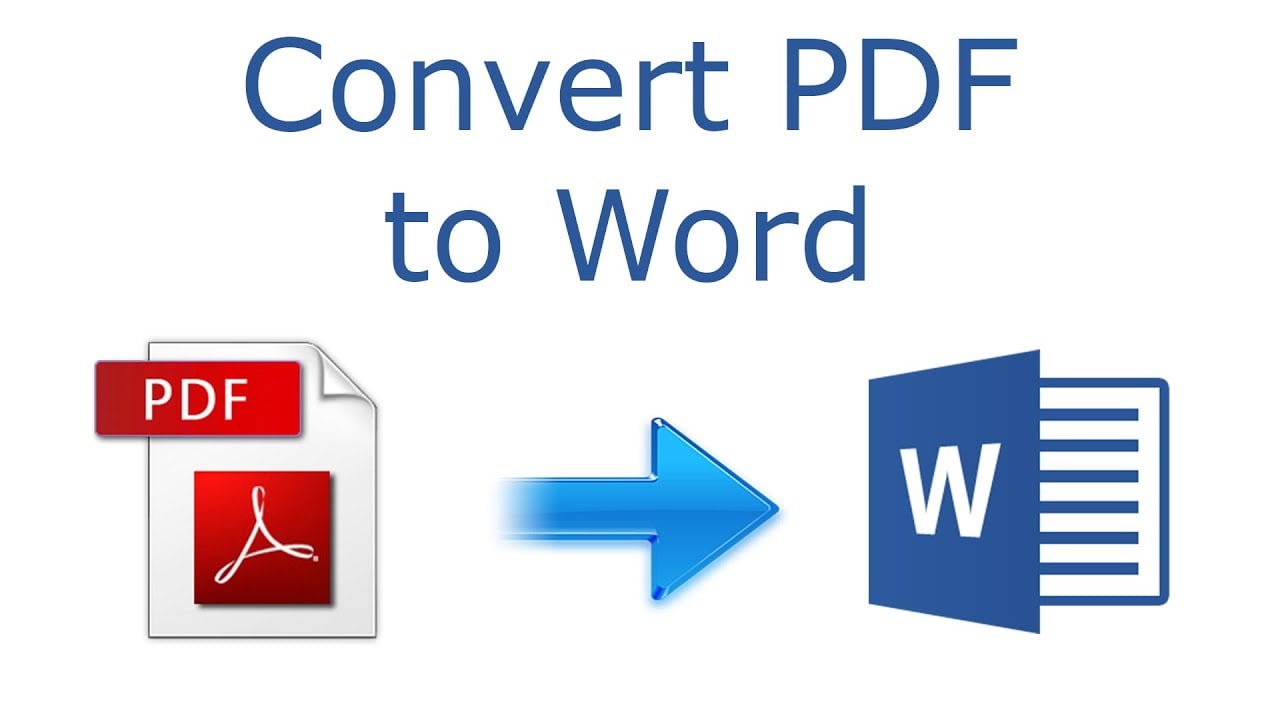

Rendering a complete A4 page at 150x150 dpi resolution on such a system was already challenging.
ADOBE CONVERT PS TO PDF PDF
In PDF, all calculations have be completed when the PDF file is produced.Īt its time, the PS model had some clear advantages:.PS is a (Turing-)complete language that permits to defer arbitrary computations to rendering time, that is, when the PS file is used (i.e., printed).There is a great Q&A that discusses the fundamental differences between Postscript (PS) and PDF from a technical perspective:įundamental differences : PSTricks, TikZ/PGF and others, but misses a bit on the (historical) significance of these technical differences:īasically, the technical differences are: Updating the existing tool chains to PDF would require a massive investment. Postscript has been a long-lasting and broadly accepted standard. With PDF such a tweak is much more complicated.įrom a publishers perspective, I think, the only fundamental reason is legacy software. With Postscript, doubling the line width in the whole document is easily accomplished by putting userdict /setlinewidth put If, for instance, line art in a document is too faint, the publisher may want to enhance it a bit globally before giving the document to press. One feature that makes Postscript the preferred format, in particular for a publisher, is its editability. And if you have a Postscript printer, it can do these computations for you. It can even solve differential equations. The Postscript based PSTricks package is an example that heavily makes use of graphical computation. PDF shows just the result (after some conversions, sometimes called "Distillation") of the computation Postscript is able to do. Note: I don't know why (as I am not a PS expert, by any means), but I had to redraw some paths as the "Shape Properties" icon was not present and I only had a Mask option.Postscript is still used as an intermediate document format, since it is a fully fledged programming language allowing you to compute graphics, which PDF doesn't. Optionally, adjust the "Shape Stroke Width".In Appearances, set the "align type for stroke" (3) to Outline (bottom option).In the Properties pane (1), click the Shape Properties icon (2).These are the steps to get all red lines to show in the PDF: This is only after tinkering with the path settings. His answer put me on the right path (pun intended).Īs you can see, only one line is in red. I had no "extra" paths, but initially, I thought it was a setting in the PDF save options. Having the same issue where certain paths are not included in the PDF output, Google found this page. Then try exporting it as a PDF again, and hope for the best. Then when you double click on the smart object, it will open up a new window, where you can see all the layers inside that object, and edit them, also changing them in your original document. This will put all those layers in one smart object layer (not 100% sure if it stays vector though). Then right click on one of the selected layers, and choose convert to smart object. You select either all your layers, or select your vector layers.


I don't know if you are familiar with smart object, but it basically is merging layers into one layer, but always being able to access those layers later. Now I've been thinking to do this in another way. You instal it, print your document, and at the printer settings you select bullzip PDF printer. Raterize, and flatten all your layers, and then save it as a pdf.ĭownload bullzip pdf printer from here instal the program, and see if it works like thatĪs for the pdf printer. Still, it would like to find out how this happened to avoid such hassle in future. Update3: as i'm in hurry and i need this for my bachelorthesis i used the "dirty" workaround mentioned by Martie and rasterized the layers. Update2: rasterizing the layers is a workaround, but I need vectorized output, that's why I save it to pdf/ eps. in addition, opening the pdf in illustrator gives the same result. I tried multiple pdf-readers (adobe reader, document viewer, texworks viewer), this shouldn't be the problem. Update1: blending mode is normal, there are no differences between the layers which are displayed and the layers which are hidden. example: psd and pdf file (zip)Ĭan anyone tell me whats wrong with my psd file? I have other similar graphics where the export to pdf works as desired. I tried out photoshop cs5 and cs6, both wont work on the file. It wont include some of the layers and I cant see why. I have problems saving my photoshop file as a pdf or eps vector graphic.


 0 kommentar(er)
0 kommentar(er)
